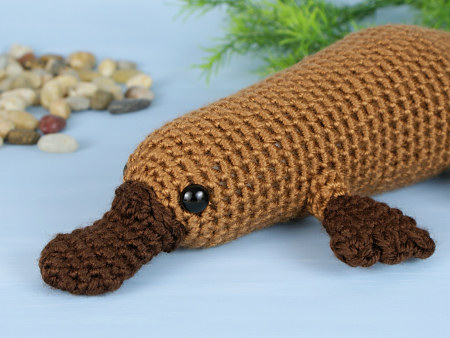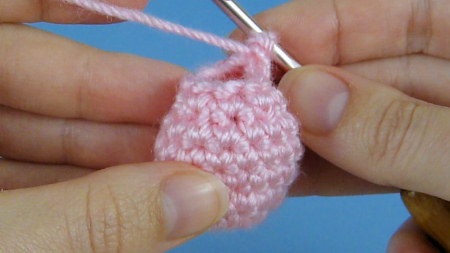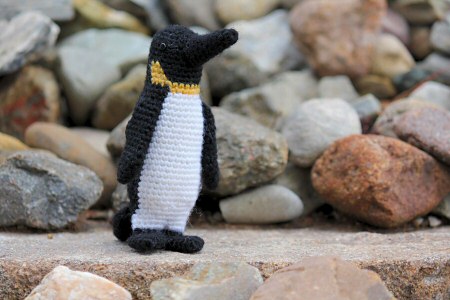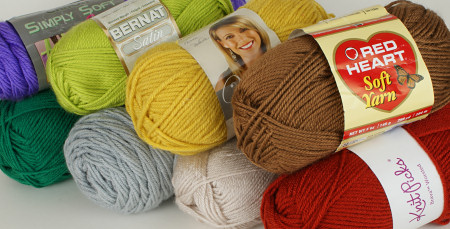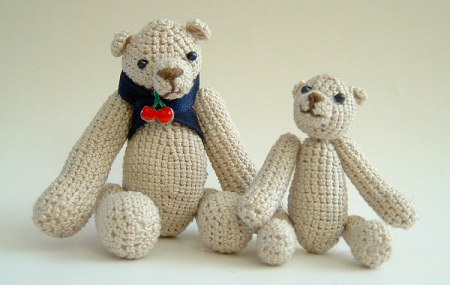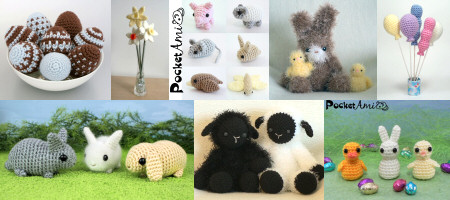
The challenge with the Pocket-Along CAL was to either crochet animals from my pocket-sized patterns, or to miniaturize any of my other patterns by using fine yarn and a tiny hook. What I wasn’t expecting was how many people would do both – take the pocket-sized patterns and shrink them even further! You’ll see a […]

